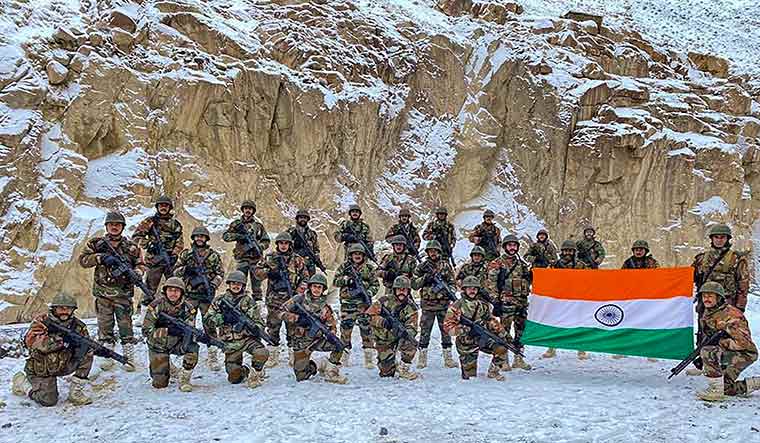A third term for the BJP-led National Democratic Alliance (NDA) may actually improve India’s bilateral relations with China, a Chinese government mouthpiece has speculated. Exit polls indicate the likelihood of the NDA romping back to power. The results of the parliamentary elections will be declared on Tuesday.
The India-China relationship is currently under a cloud of belligerence and mutual suspicion since April 2020 when border brawls broke out between soldiers of the two sides.
The Global Times quoted analyst Lin Minwang, Deputy Director at the Center for South Asian Studies at Fudan University, as having said on Sunday: “The relationship between China and a number of countries, including US allies like Japan and Australia, is now improving. In light of this, India may question why there is no sign of easing and an improvement in China-India relations so far.”
The Chinese assertion in the media, which is vetted by Beijing and is taken as the official Communist Party stand, can also be construed as Beijing’s desire for better ties with India. With developments in the South China Sea and Taiwan resulting in a confrontationist posture, it would be impractical for China to open up another front with India.
Significantly, PM Modi had indicated a softening of attitude during an interview with Newsweek in April: “For India, the relationship with China is important and significant. It is my belief that we need to urgently address the prolonged situation on our borders so that the abnormality in our bilateral interactions can be put behind us.”
“Stable and peaceful relations between India and China are important for not just our two countries but the entire region and world. I hope and believe that through positive and constructive bilateral engagement at the diplomatic and military levels, we will be able to restore and sustain peace and tranquillity in our borders.”
India and China are locked in an intense military standoff where more than 1,30,000 troops from both sides are camped in inhospitable high-altitude areas along the Line of Actual Control (LAC).
A military establishment source had told THE WEEK that after the Galwan incident of May 15, 2020, the Indian Air Force had flown in about 68,000 Indian troops, about 90 tanks, nearly 330 BMP infantry combat vehicles, radar systems, artillery guns and other equipment to be deployed in the difficult border.
Till now, 25 rounds of military commander-level meetings have taken place between the two sides and have yielded effective disengagement in five (Galwan, Pangong Tso, Kailash ranges, Gogra, and PP 15) of the seven friction areas. Two friction areas remain to be resolved in eastern Ladakh—Demchok and Depsang.
The Global Times also quoted Qian Feng, Director of the research department at the National Strategy Institute at Tsinghua University, as having said that Modi's strategic approach includes a continuous pursuit of enhancing India's global influence through diplomatic channels and that he will continue to pursue the domestic and foreign policy objectives he has set for India, with a strong focus on propelling the country toward becoming the world's third-largest economy after the US and China within a few years.



